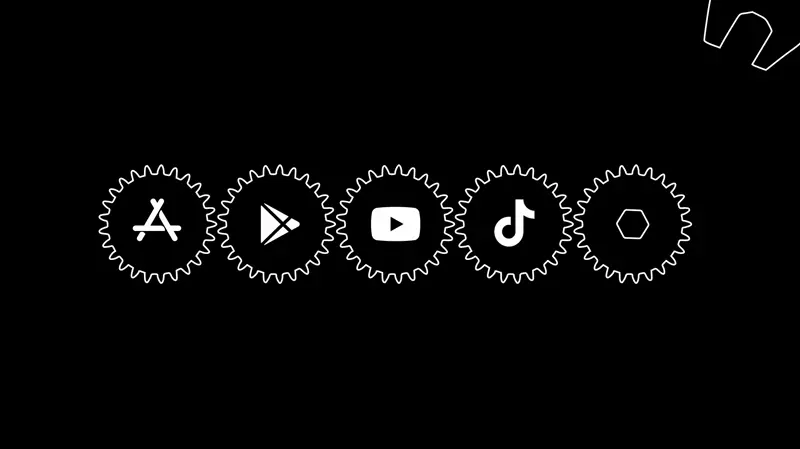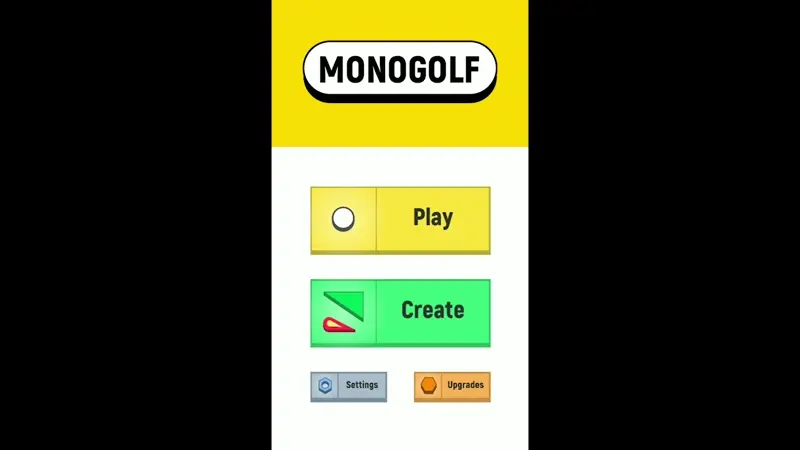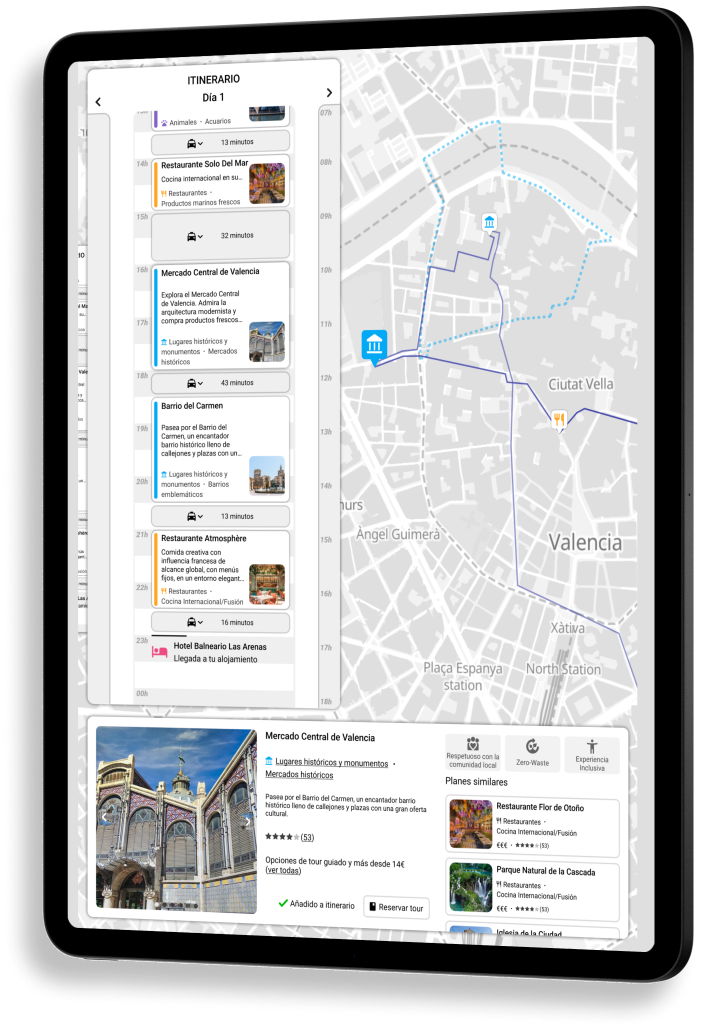Just as social media platforms allow content creators to achieve organic growth by recommending their posts to new users, mobile app stores like Google Play and the App Store offer this same opportunity to digital products. They do so through mechanisms such as featuring apps in recommendation lists and rankings, among others.
In both social media and app stores, the key to having your content or product organically propagated lies in what is colloquially known as “pleasing the algorithm”. What this entails is a broad topic with varying opinions and is often difficult to pin down with exact formulas, differing from platform to platform.
Generally, platforms give new publications small opportunities and analyze the results. Based on the data, they decide the scale of the next opportunity and repeat the process. Additionally, “the algorithm” has its own goals, which are not always transparent, that guide its decisions. For some social media platforms, for example, it’s widely understood that some key objectives for their algorithms include engagement or retention time.
When we at Livito began developing our first product, which we had already decided would be a mobile game, we opted for an organic growth strategy. We were clear that to achieve this, we needed to create a game that pleased the algorithm. In the case of app stores, some of the critical data collection moments occur before the user even installs the game, such as clicks on the game and the bounce rate of the download page. Others happen after installation, such as app usage time or the number of uninstalls.
This article does not aim to discuss which specific data points are most rewarded by app store algorithms. Instead, we’ll focus on strategic product decisions that we made, which allowed us to optimize our KPIs. Below are three key factors that contributed to the success of our algorithm satisfaction strategy for Monogolf:

1. Minimizing friction, especially at the start of the relationship with a new user:
Several features of Monogolf were designed with this objective in mind, including the decision to create a golf/mini-golf game. This choice meant that users already had a clear idea of what to expect before they even started interacting with the app. Additionally, upon installing the app, the initial screen features “Play” as the main button, with it being the only tap required to start the game. We also felt it was important to meet the expectations of users who had clicked to download the game. This can be achieved by managing expectations or by game decisions. In our case, by making a golf/mini-golf game and presenting it as such on the download page, we aligned the expectation and experience around a concept familiar to everyone. This, combined with simple usability and controls, resulted in a lower bounce rate among new users and facilitated their quick immersion in the app experience.
2. Turning mini-golf into Monogolf:
The wordplay in the title captures the essence of our game. “Mono-,” the numeral prefix for “one,” refers to a fundamental rule in the game that sets it apart from traditional golf and mini-golf: there is only one shot to make the hole. If the shot fails, the next attempt starts from the beginning of the level, meaning you must make a “hole-in-one.” This small detail not only simplified level design—since each level only required one starting point—but also gave Monogolf a much faster pace than any other golf or mini-golf game. This quicker pace, combined with the dynamic of shooting each shot from the same point while levels are designed to be completed in a single shot, translated into a faster adaptation to the controls and feedback perception for users, resulting in a more stimulating and attention-grabbing experience that was still comfortable and predictable from the start. With these features, in addition to creating a unique identity and differentiation for the game, we achieved longer sessions and increased user retention.
3. A fast-paced yet calm game:
In Monogolf, the rhythm is entirely set by the user. Each shot is a new beginning but also an end, a moment where players can pause and resume later. The gameplay experience is infinitely fragmentable into segments of just a few seconds—the time it takes for the ball to stop after a shot. Additionally, the game can be played offline and is designed for one-handed play (vertical design, thumb control, input area in the lower half of the screen). These elements allow users to play at any time and place, no matter how brief the available moment. This resulted in a higher number of sessions per active user.

In summary, the success of Monogolf’s organic growth strategy was rooted in our focus on satisfying the algorithm through strategic product decisions. By minimizing user friction, creating a unique and fast-paced gameplay experience, and ensuring the game could be enjoyed in short, flexible sessions, we were able to enhance user engagement and retention. These elements not only helped us align with the expectations of the platforms but also contributed to establishing Monogolf’s distinct identity in the competitive mobile gaming market.




